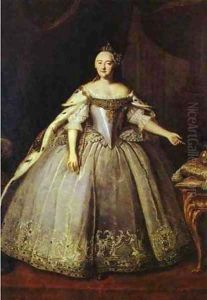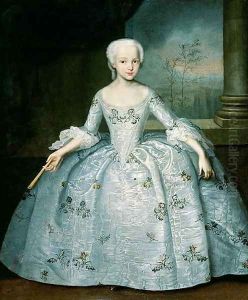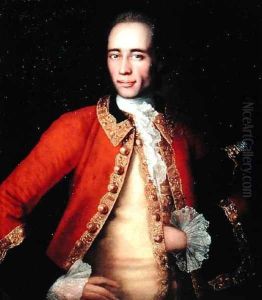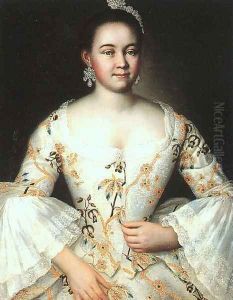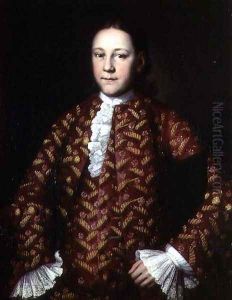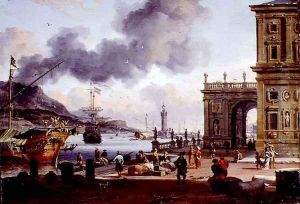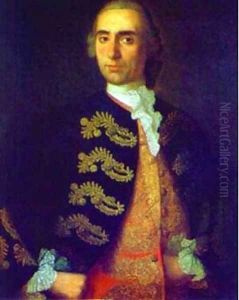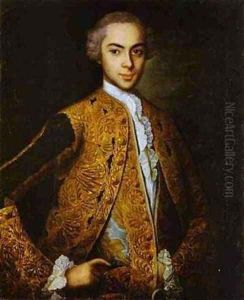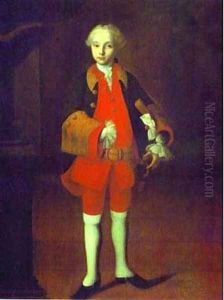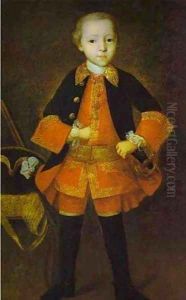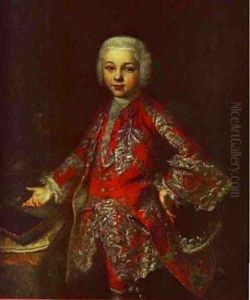Ivan Vishnyakov Paintings
Ivan Yakovlevich Vishnyakov was a prominent Russian painter during the 18th century, known for his significant contribution to the development of Russian portrait painting. Born in 1699, Vishnyakov's early life is not well-documented, but it is believed that he came from a family with artistic connections, which helped pave the way for his entrance into the world of art.
Vishnyakov received his initial training in the art studios of Moscow, and later, he became one of the first Russian students to study at the Imperial Academy of Arts upon its establishment in St. Petersburg. His education there exposed him to the European styles of painting, which influenced his technique and artistic choices.
Throughout his career, Vishnyakov served in the Russian court and gained recognition for his portraits of Russian nobility, which showcased his skill in capturing the likeness and personality of his sitters. His works were characterized by their attention to detail, use of color, and ability to convey the textures of fabrics and materials. Vishnyakov's portraits often depicted his subjects in lavish settings and attire, reflective of their social status.
Beyond portraiture, Vishnyakov also worked on religious and mythological subjects, although these pieces were less celebrated than his portraits. His role as a court painter included producing works for the decoration of palaces and churches, contributing to the visual culture of the Russian elite.
Vishnyakov's legacy rests primarily on his portraits, which have been praised for their realism and artistry. His work provided a foundation for future generations of Russian portraitists, influencing the direction of Russian art in the 18th century. He passed away in 1761, leaving behind a body of work that continues to be studied and admired for its historical significance and artistic merit.
